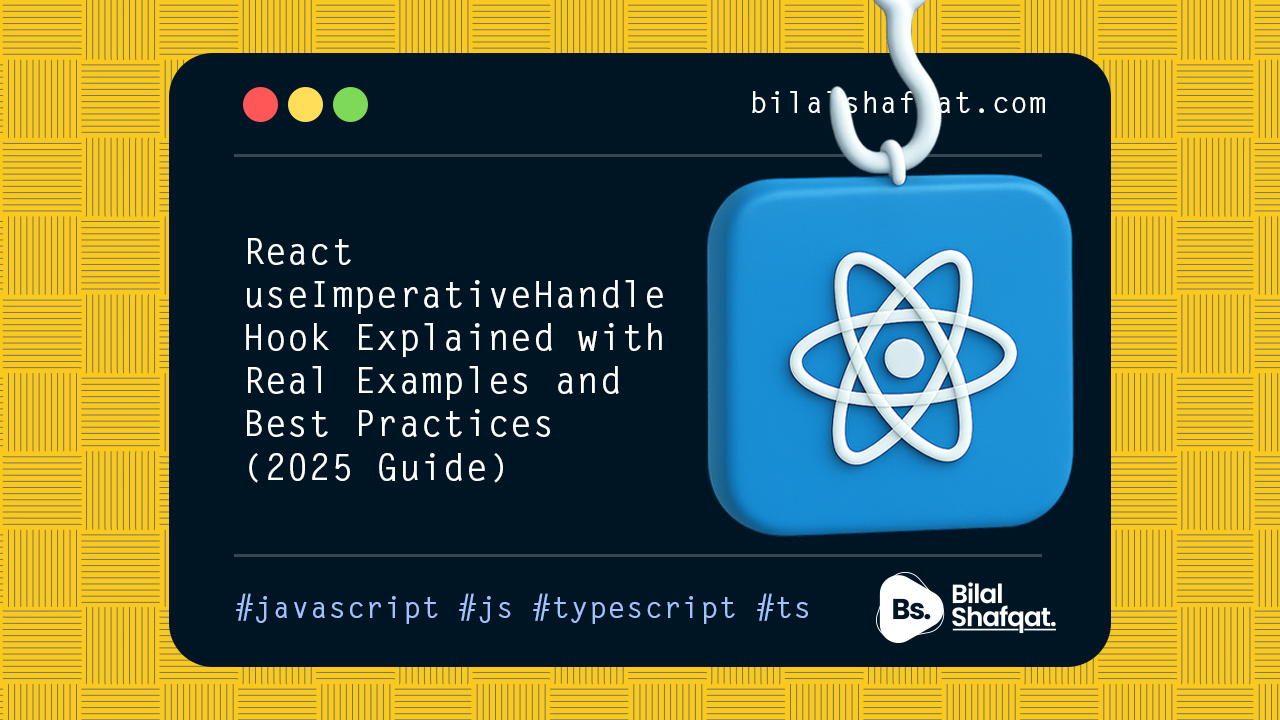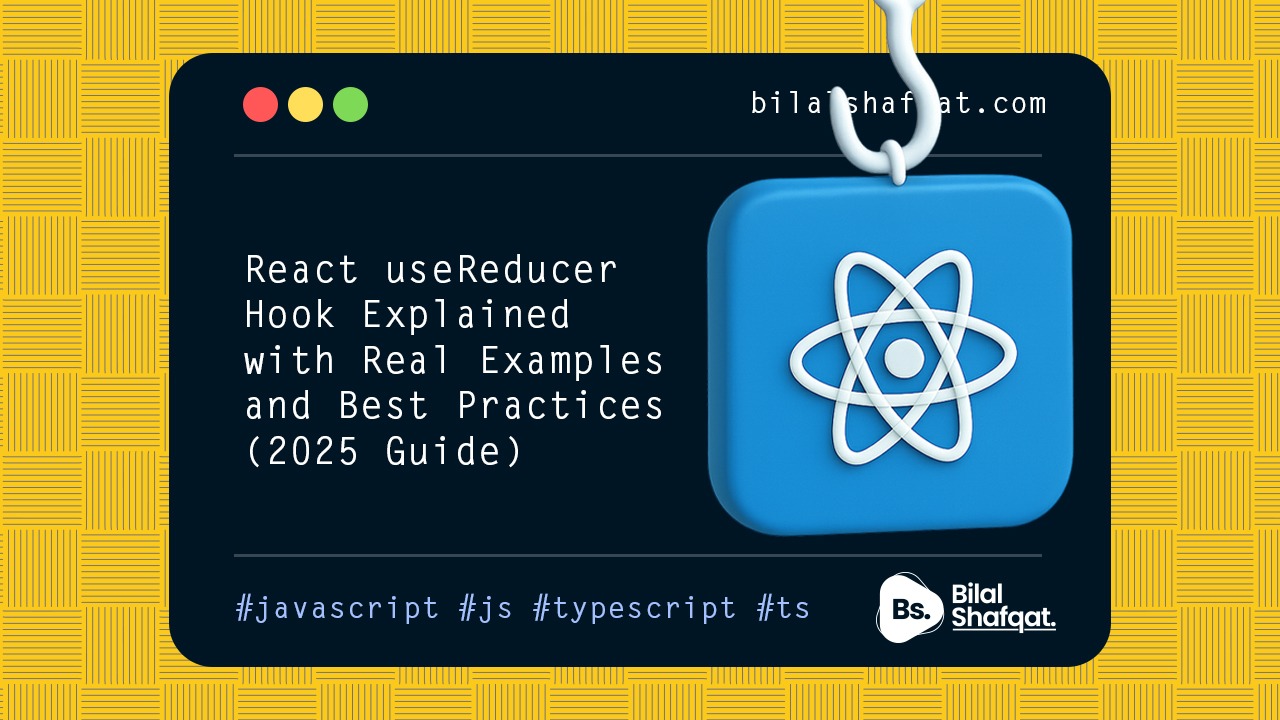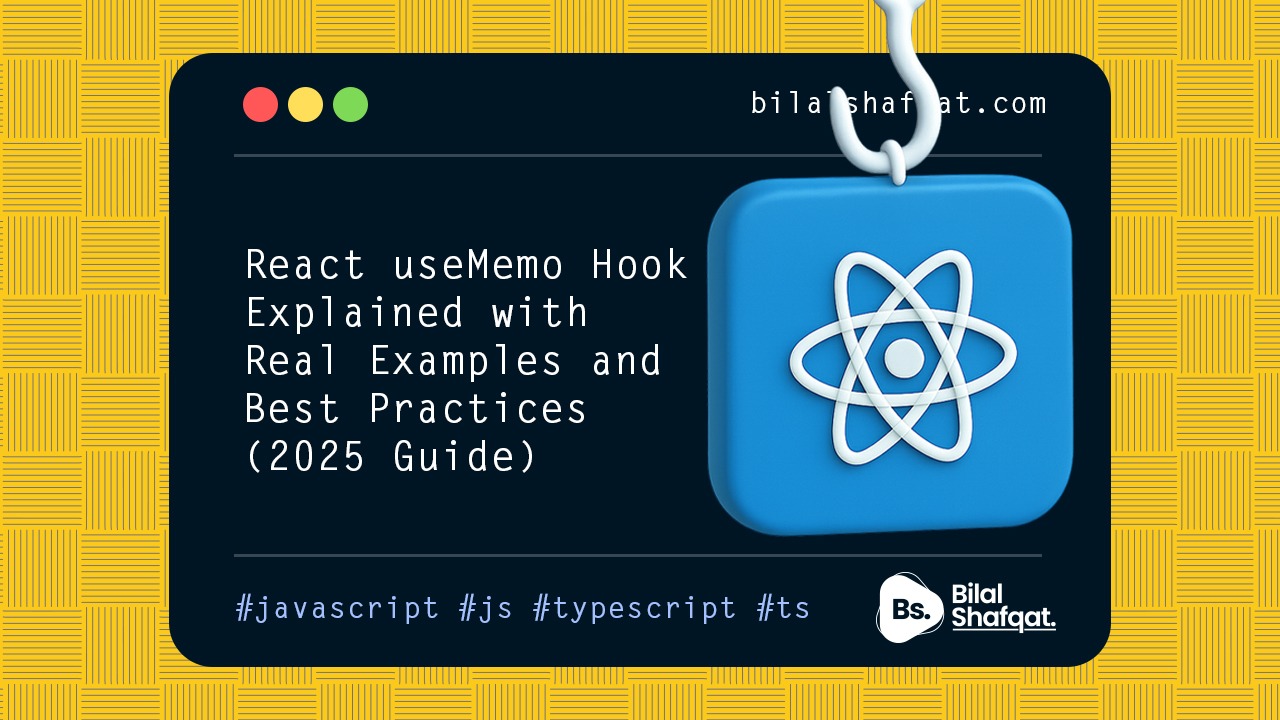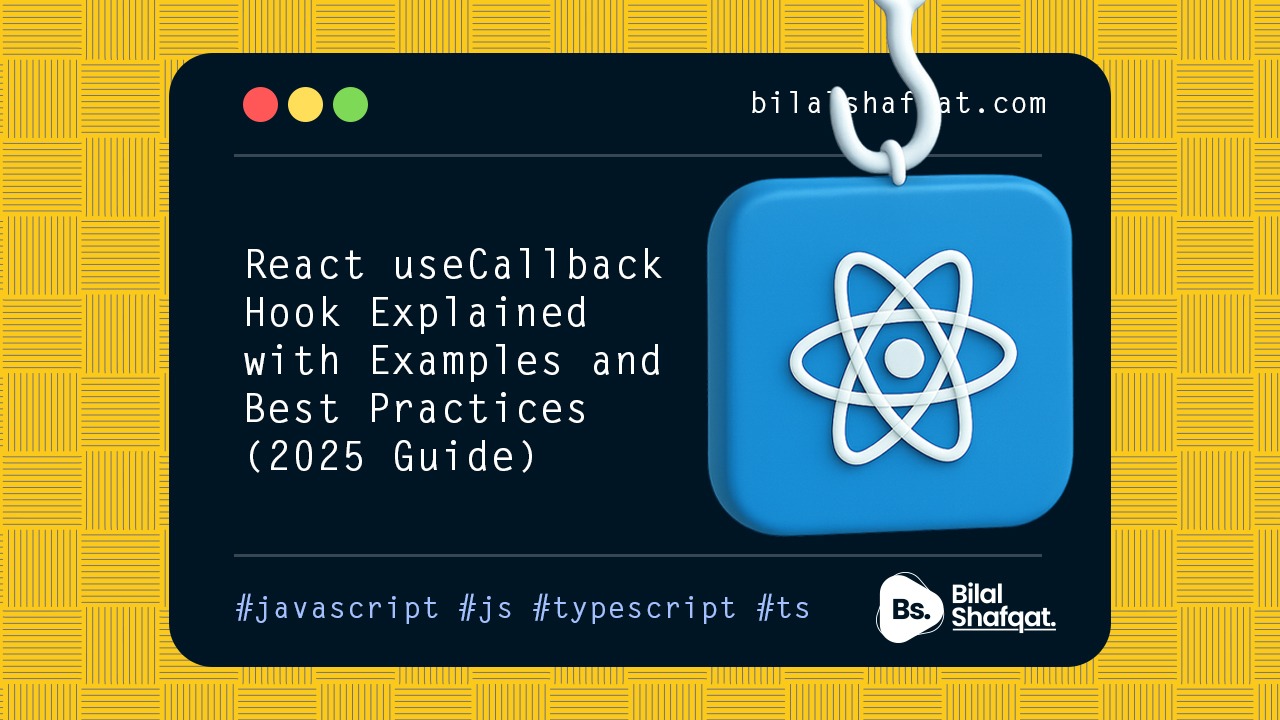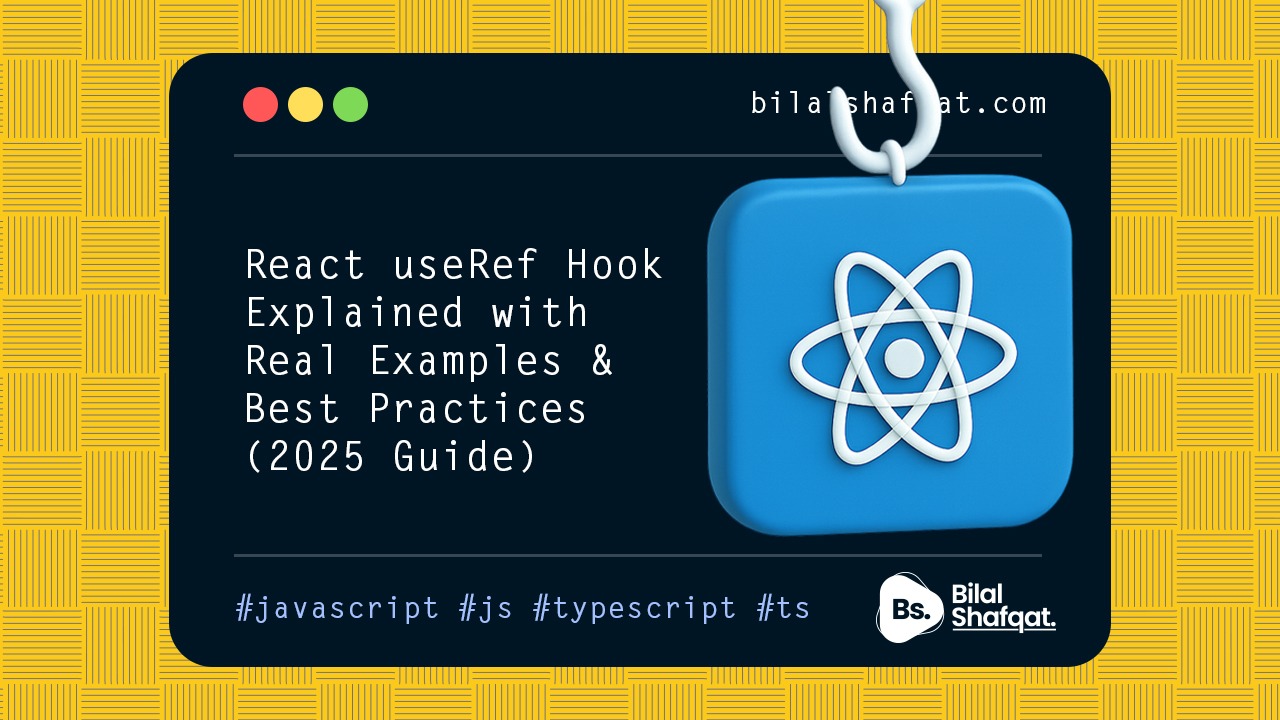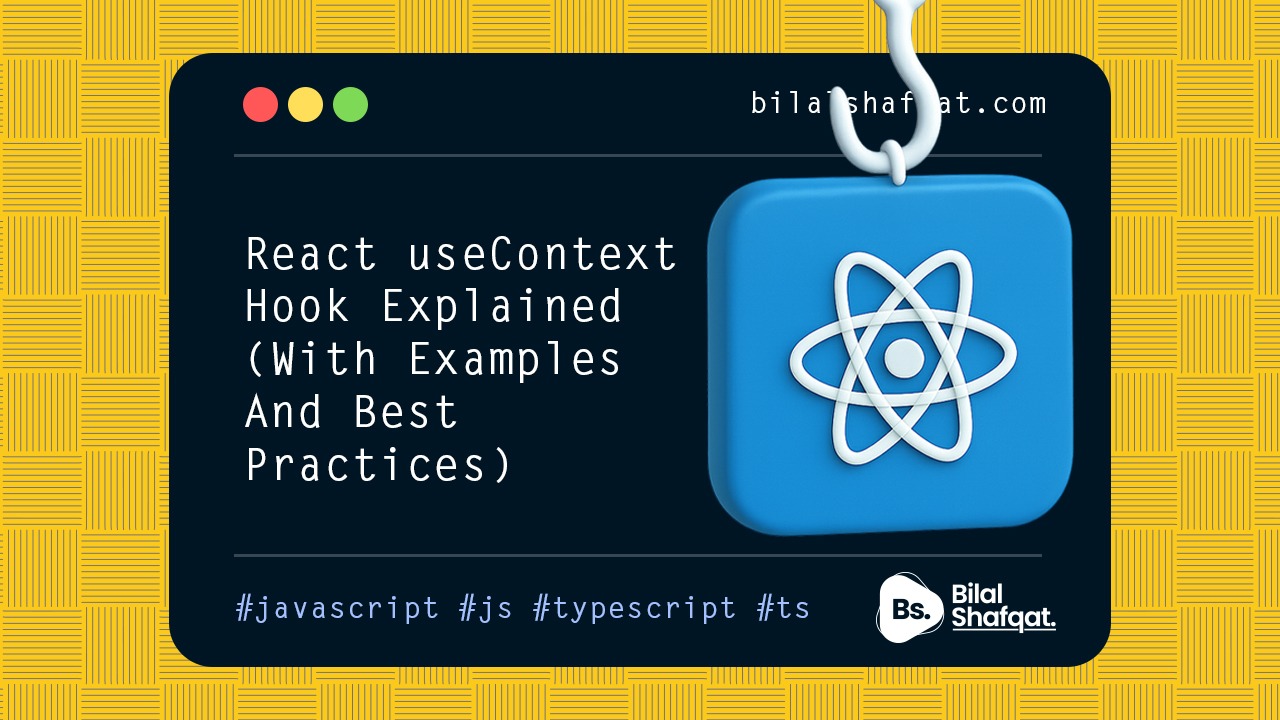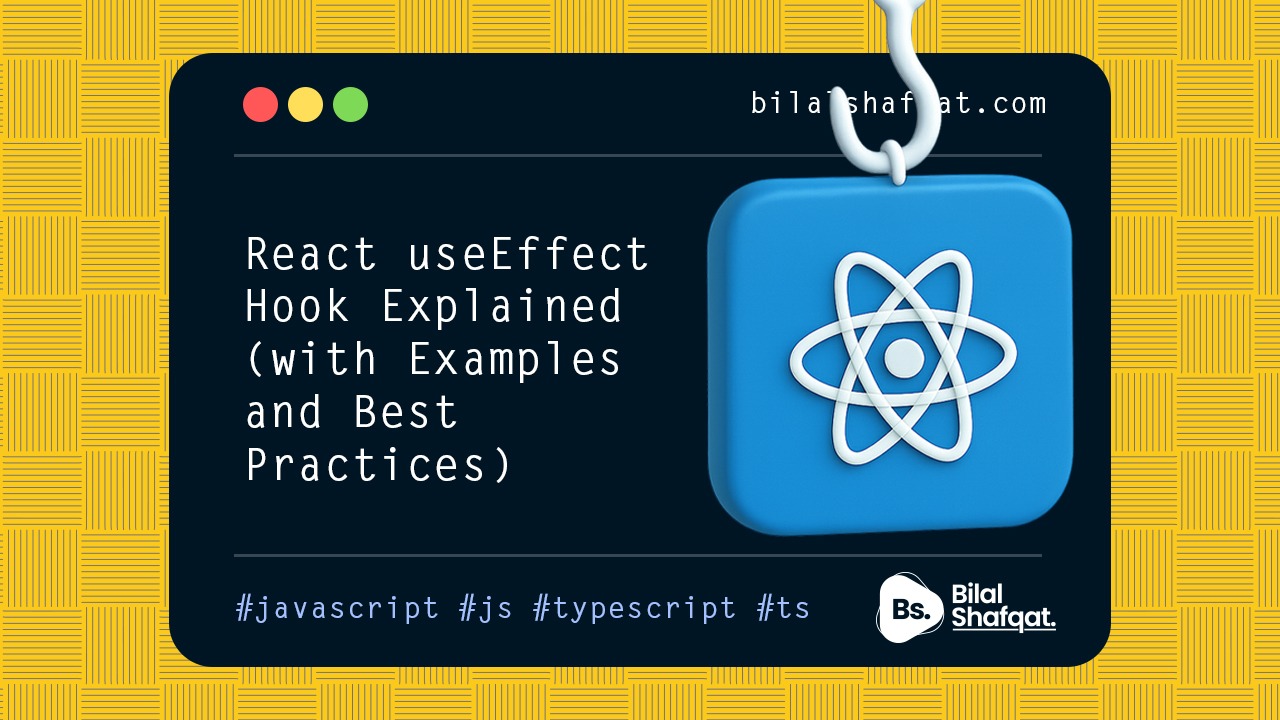React useImperativeHandle Hook Explained with Real Examples and Best Practices (2025 Guide)
Ever needed to call a function inside a child component — from the parent? React’s useImperativeHandle hook makes that possible. Learn how and when to use it with examples and tips. Introduction Most React developers use ref for accessing DOM elements. But what if you want a parent component to trigger a custom method defined inside a child component? That’s …
Continue Reading
React useReducer Hook Explained with Real Examples and Best Practices (2025 Guide)
Confused about when to use useReducer in React? Learn how this powerful hook helps manage complex state logic, with real examples and best practices for 2025. Introduction Managing state in React is easy — until it’s not. When your component’s state logic becomes complex, using multiple useState calls can quickly get messy and hard to maintain. This is where useReducer …
Continue Reading
React useMemo Hook Explained with Real Examples and Best Practices (2025 Guide)
Learn how to use the React useMemo hook to optimize performance, avoid unnecessary recalculations, and improve app speed. Includes real-world examples and 2025 best practices. Introduction In modern React applications, performance matters. While React efficiently manages re-renders, complex or expensive computations inside components can cause lags, dropped frames, or unnecessary reprocessing. This is where the useMemo hook becomes essential. useMemo() …
Continue Reading
React useCallback Hook Explained with Examples and Best Practices (2025 Guide)
Introduction React’s useCallback is one of those hooks that seems confusing at first — until you start dealing with unnecessary re-renders or memoized components. In React, functions are re-created on every render. This behavior is harmless in most cases, but when passing callbacks to deeply nested or memoized child components, re-creating the function can cause unnecessary re-renders and performance issues. …
Continue Reading
React useRef Hook Explained with Real Examples and Best Practices (2025 Guide)
Learn what the React useRef() hook does, when to use it, and how it compares to useState(). Includes real-world examples for DOM access, value tracking, and performance optimizations. Introduction: What is useRef in React? If you’re working with React functional components, you’ve probably used useState() and useEffect() — but what about useRef()? React’s useRef() hook is a powerful yet often …
Continue Reading
React Built-in Hooks vs Additional Hooks: What’s the Difference?
Introduction React hooks revolutionized how we write components by enabling function components to manage state, side effects, refs, and more — without classes. If you’ve used useState or useEffect, you’ve already seen the power of hooks. But React offers more than just these basic tools. There’s a distinction between built-in hooks (used daily) and additional or advanced hooks (used for …
Continue Reading
React useContext Hook Explained (With Real Examples and Best Practices)
Introduction: What is useContext()? One of the most common challenges in React development is sharing state across deeply nested components without passing props through every level. That’s where React’s Context API and the useContext() hook come in. useContext() is a built-in hook introduced in React 16.8 that allows you to read context values directly in function components. When used correctly, …
Continue Reading
React useEffect Hook Explained with Examples and Best Practices
Introduction: Why You Need useEffect() in React If you’ve ever wondered how to fetch data, listen to scroll events, or update the DOM in a functional component — the answer is useEffect(). In React, components are declarative and reactive by design. But to handle side effects — like API calls, timers, or subscriptions — you need a special hook: useEffect(). …
Continue Reading
